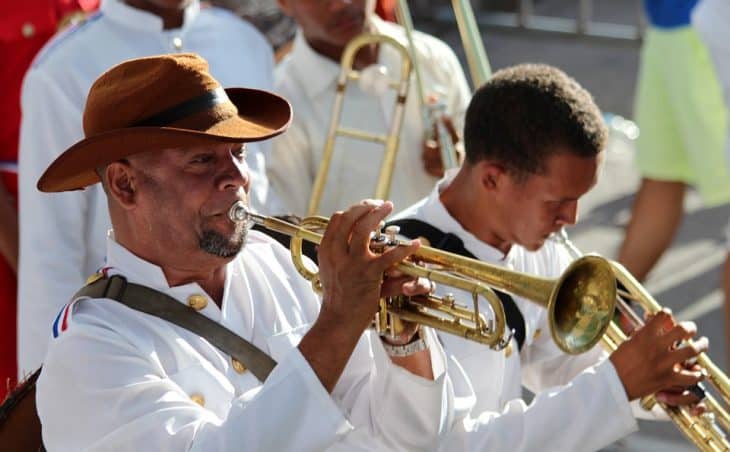The basic idea and origin of Mardi Gras can be traced all the way back to medieval Europe. Starting first in the 17th and 18th centuries in Rome and Venice, the French house of the Bourbons originally came up with the celebration.
There are a number of schools of thought as to where the name came from. The traditional celebration of boeuf grass or serving of a fatted calf in the 18th century Bourbon household is the idea for one half of the name. John Baptiste Le Moyne Sieur de Bienville arrived first in a plot that was 60 miles south of New Orleans that he named oint Du Mardi Grass. This area was named on the night before the festive holiday of medieval Europe.
It would take until 1704 when a Mardi Gras society was formed for the parade and the celebration of the fatted calf in the United States. What would eventually happen is the settlement of New Orleans in 1718 and this is when the establishment of elegant society balls and celebrations would take place.
It would take until 1781 when the Mardi Gras Carnivale first appeared. After this time organizations were formed throughout New Orleans to celebrate Mardi Gras with parades and processions.
As an evolution of the initial celebration of the fattened calf, the settlement of the area as well as the parades and processions the modern day Mardi Gras would continue to evolve. It would take some time before various businesses would become involved an official colors to represent each one of the homes and organizations would be brought into the celebration.
It would take until 1875 in which the Mardi Gras act wise I established making fat Tuesday a legal holiday in Louisiana. The celebration today is one of the largest in New Orleans it starts on January 6 every year and continues until fat Tuesday or Shrove Tuesday with parties and Carnival experiences throughout. It attracts nearly 300,000 spectators and over 12,000 participants for the parade.

